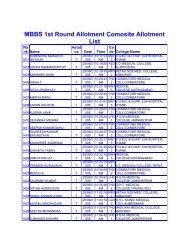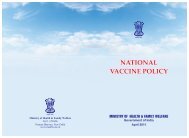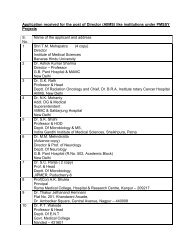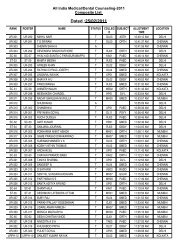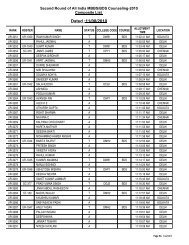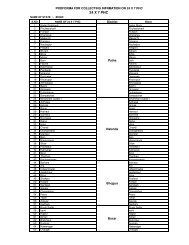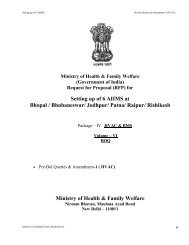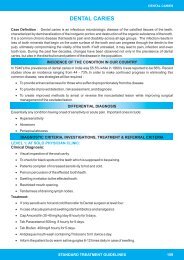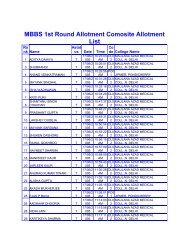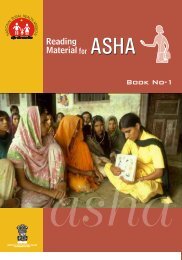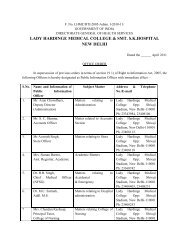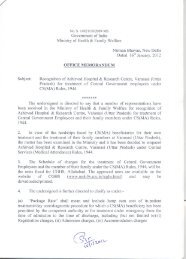manual of methods of analysis of foods - Ministry of Health and ...
manual of methods of analysis of foods - Ministry of Health and ...
manual of methods of analysis of foods - Ministry of Health and ...
Create successful ePaper yourself
Turn your PDF publications into a flip-book with our unique Google optimized e-Paper software.
METALS<br />
Precautions:<br />
(i) Digestion must be almost complete.<br />
(ii) Oxidizing material in digest must also be destroyed.<br />
(iii) Careful heating <strong>of</strong> digest during preparation <strong>of</strong> sample is required.<br />
(iv) Acidity <strong>of</strong> final sample solution before extraction should be about 1N<br />
but not more than 1.2N.<br />
(v) Do not use silicone grease in stop cocks.<br />
( Ref :- Manual Methods <strong>of</strong> Analysis for Adulterants <strong>and</strong> Contaminants in<br />
Foods, I.C. M.R 1990 , Page 156 )<br />
3.8 DETERMINATION OF TIN IN FOOD<br />
(Spectrophotometric Catechol Violet Method (IUPAC Method)<br />
Principle:<br />
The sample is wet digested with a mixture <strong>of</strong> nitric <strong>and</strong> sulphuric acids<br />
followed by subsequent treatment with perchloric acid <strong>and</strong> hydrogen<br />
peroxide <strong>and</strong> the residue is diluted with water to give an approximately<br />
4.5M concentration <strong>of</strong> the acid. Potassium iodide is added Tin (IV) iodide is<br />
selectively extracted into cyclohexane. Tin (IV) is returned to aqueous<br />
solution by shaking organic layer with sodium hydroxide solution which is<br />
subsequently acidified. After removal <strong>of</strong> free iodine, Tin (IV) is determined<br />
spectrophotometrically as its coloured complex with catechol violet, the<br />
59



